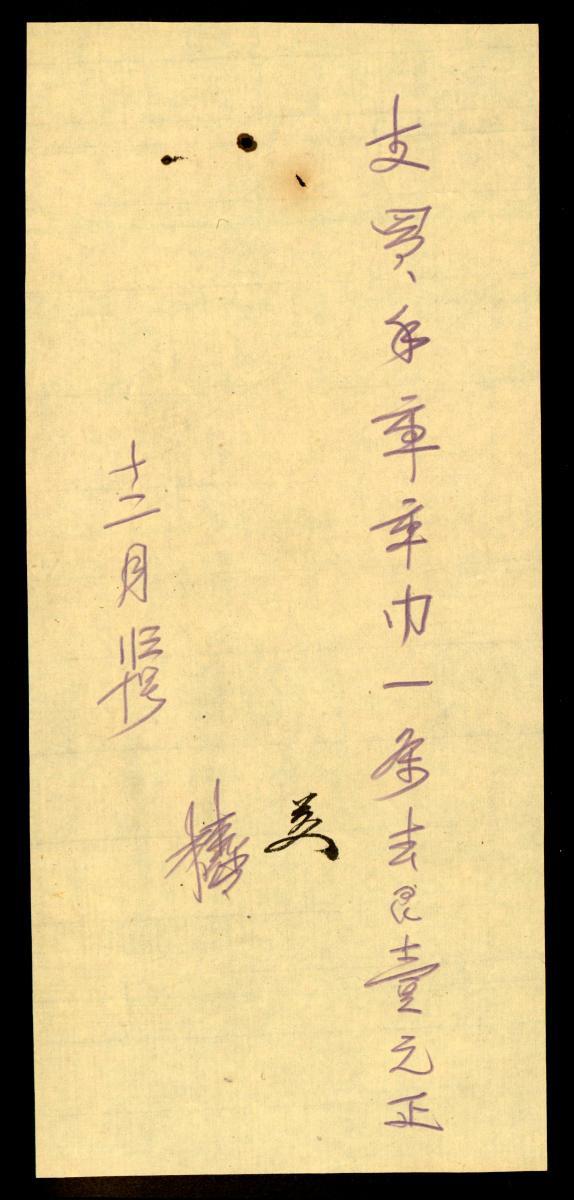Cheong Soo Pieng’s contribution towards the formal development of a regional ‘Nanyang’ style of painting extends to the tangible legacy left in the many students under his guidance while teaching at the Chinese High School and the Nanyang Academy of Fine Arts. Cheong moved to Singapore in 1946 from Xiamen and sought to depict this new land, its people and culture. Travelling around Southeast Asia, he captured many iconic scenes in his distinctive style. A seminal trip to Indonesia in 1952 with contemporaries Liu Kang, Chen Wen Hsi, and Chen Chong Swee served as a wellspring for creativity. Cheong’s resultant works and further stylistic development secured him as key figure in the narrative of Singapore’s modern art history.The thickly layered paint in Kelong (1957) results in a distinctively textural quality characterising Cheong’s works from the 1950s. Taking reference from Cubist simplification of form and an attention to the formal qualities of the painterly technique, Cheong’s application towards recognisable Southeast Asian landscape such as the fishing village became hallmarks of his style. This work was previously in the collection of Chia Yew Kay (1917-1992), who served as Treasurer of the Singapore Art Society from the late-1950s to mid-1960s. His job as a clerk at the British Council placed him in a position to assist with organising various exhibitions for local artists at the British Council Hall in Singapore. Chia maintained a relationship with artists such as Cheong Soo Pieng, Chia Yu Chian, Choy Weng Yang, Lim Cheng Hoe, and Vincent Hoisington.















